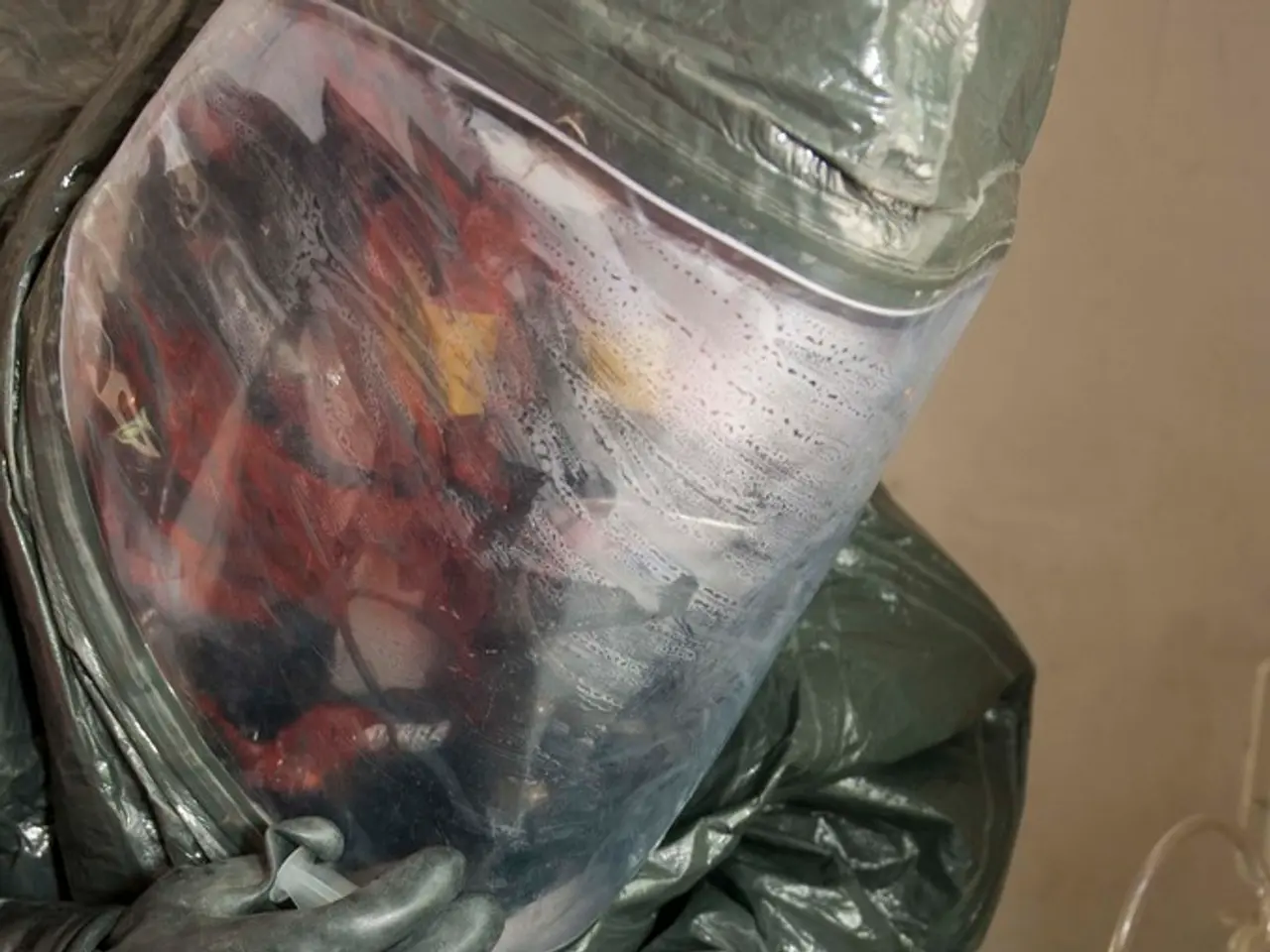Polygraph Tests and Health Implications: An Intricate Crossroads Explored
In the realm of truth verification, a long-standing method has been the polygraph test. However, its reliability and potential health implications have been a subject of debate for years[1][5]. As a result, researchers are exploring alternative methods that could offer greater accuracy and fewer health-related caveats.
One such alternative is AI-powered polygraphs and machine learning-based detection systems. These innovative systems analyse complex data patterns such as speech patterns, facial expressions, eye movement, or other behavioural and physiological data using artificial intelligence[3]. The advantage of these systems is that they can potentially increase accuracy by detecting patterns that may escape human detection. Additionally, they are less invasive than traditional polygraphs, as they do not require direct physiological sensors, thereby reducing stress and related health risks[3]. However, these systems are still in development, and their accuracy may depend on the quality of the training data and the range of behaviours analysed.
Another alternative is Voice Stress Analysis (VSA), which measures changes in voice frequency or stress indicators during speech[2]. This method is non-invasive, as it only requires a voice recording, reducing physical and psychological stress. However, the reliability of VSA is often questioned, and scientific consensus is mixed[2].
Brain-based detection methods, such as electroencephalography (EEG) and functional magnetic resonance imaging (fMRI), analyse brain activity for deception-related patterns[3]. These methods have the potential for higher accuracy by directly assessing brain processes associated with deception. However, they are expensive, require specialized equipment, and can be uncomfortable or anxiety-inducing for some individuals[3].
Lastly, eye-tracking and micro-expression analysis focus on involuntary eye movements or fleeting facial expressions that may indicate deception[3]. This method is non-invasive, can be conducted remotely, and does not require physical contact or extensive setup. However, its accuracy is variable and can be influenced by individual differences and environmental factors[3].
A comparative analysis of these methods reveals that traditional polygraph tests have moderate potential accuracy but are associated with high stress and anxiety due to the physiological monitoring involved[1][5]. AI-powered polygraphs, on the other hand, have high potential accuracy and are less invasive[3]. Voice stress analysis is less invasive but generally considered less reliable[3]. Brain-based detection methods have high potential accuracy but are limited by cost and practicality concerns[3]. Eye-tracking and micro-expression analysis offer a non-invasive alternative, but their accuracy is variable[3].
In conclusion, AI-powered systems and non-invasive behavioural analyses, such as eye-tracking and micro-expression detection, offer promising alternatives to traditional polygraph tests. They have the potential to provide greater accuracy and fewer health-related caveats, particularly by reducing the need for direct physiological monitoring and minimising test anxiety[3]. Brain-based detection methods, while highly accurate in theory, are limited by cost and practicality concerns. Voice stress analysis is less invasive but generally considered less reliable. The trend is towards less invasive, technology-driven approaches that may provide more accurate and less stressful outcomes.
It is essential to consult with a lawyer and medical professional before considering a polygraph test, as many legal jurisdictions question the admissibility of polygraph tests as evidence due to the potential for medical conditions to influence results[1]. Ongoing research into these alternative methods will continue to offer new insights and possibilities for truth verification.
[1] https://www.sciencedirect.com/science/article/pii/S187705091830921X [2] https://www.ncbi.nlm.nih.gov/pmc/articles/PMC5670219/ [3] https://www.sciencedirect.com/science/article/pii/S0965997219314274 [5] https://www.sciencedirect.com/science/article/pii/S0167404818301401
- The field of lie detection continues to evolve, with a significant focus on developing more accurate and less invasive testing methods.
- One promising alternative to traditional polygraph tests is AI-powered polygraphs and machine learning-based detection systems.
- These advanced systems analyze complex data patterns, potentially increasing accuracy by detecting patterns that might elude human observers.
- Another option is Voice Stress Analysis (VSA), which measures changes in voice frequency or stress indicators, offering a less invasive method of lie detection.
- Brain-based detection methods, such as electroencephalography (EEG) and functional magnetic resonance imaging (fMRI), analyze brain activity for deception-related patterns, potentially offering higher accuracy.
- However, these methods are expensive, require specialized equipment, and can be uncomfortable or anxiety-inducing for some individuals.
- Lastly, eye-tracking and micro-expression analysis focus on involuntary eye movements or fleeting facial expressions that may indicate deception, offering a non-invasive alternative.
- It's crucial to consult with a lawyer and medical professional before opting for a polygraph test, as many legal jurisdictions question the admissibility of polygraph tests as evidence due to potential influences of medical conditions on results.




